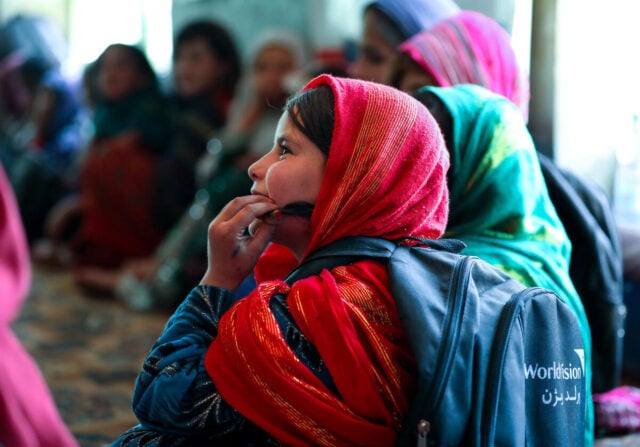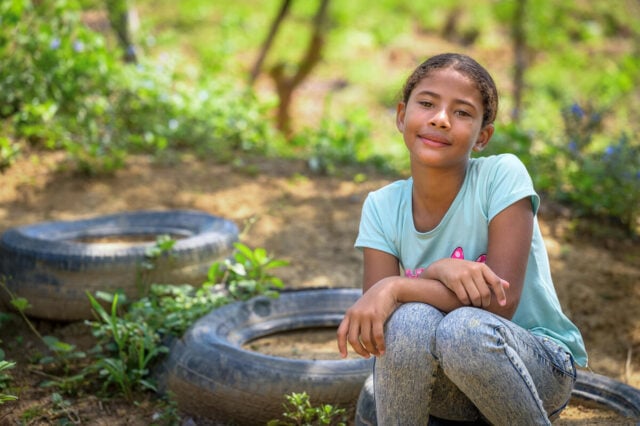Hurricane Helene, a catastrophic Category 4 storm, made landfall in Florida’s Big Bend region on September 26, 2024, with maximum sustained winds of 140 mph. The storm triggered mass evacuations, with over 5 million people fleeing coastal areas along the East Coast. At least 227 people lost their lives in the extreme weather event. Learn how World Vision is supporting affected communities.
News & Stories
Disaster Relief
Hurricane Milton: Facts, FAQs, and how to help
Hurricane Milton, a Category 3 storm, slammed into Florida’s west coast on October 9, 2024 with 120 mph winds, bringing severe flooding, storm surges, and widespread power outages. As it weakened to a Category 1, Milton continued to cause significant damage in central Florida. Learn how World Vision is supporting affected communities in their recovery and rebuilding efforts.
Earthquakes and tsunamis: Facts, FAQs, and how to help
Discover the cases and impacts of earthquakes and tsunamis, natural processes shaping the earth’s landscapes. Learn about earthquake preparedness and safety precautions for these destructive phenomena.
How to prepare for an emergency
Be ready before emergencies strike. Learn how to pack an emergency kit, create a household plan, and prepare spiritually, with help from World Vision.
Afghanistan crisis: Facts, FAQs, and how to help
Children and families in Afghanistan are facing a growing humanitarian crisis, the result of decades of conflict, chronic poverty, and natural disasters. Learn how World Vision is responding — and how you can support families caught up in the crisis.
World Vision continues to help with Hurricane Helene recovery
One year later, World Vision still remains in western North Carolina to help families and businesses recover from the damage left by Hurricane Helene. Read four stories of the impact of that support.
2004 Indian Ocean earthquake and tsunami: Facts and FAQs
Explore the profound impact of the 2004 Indian Ocean tsunami that was triggered by a massive undersea earthquake and resulted in nearly 230,000 casualties and widespread destruction. Learn about World Vision’s humanitarian efforts as we led a disaster response, raising over $350 million for relief and rehabilitation lasting more than a decade and spanning across Indonesia, Sri Lanka, Thailand, India, and Myanmar.
Sudan crisis: Facts, FAQs, and how to help
Since even before the conflict began on April 15, 2023, Sudan has faced a severe humanitarian crisis. To date, thousands of lives have been lost and 14.3 million people displaced, including 7 million children — the largest number of children displaced globally, as result of the conflict in Sudan. Ongoing violence is compounding an existing hunger crisis, endangering millions and threatening famine. Explore key crisis facts and how World Vision is responding to support impacted children, their families, and communities.
Floods: Facts, FAQs, and how to help
In 2024, deadly floods in Afghanistan, Brazil, and Kenya have wreaked havoc on communities, destroying homes and livelihoods. These disasters have resulted in numerous fatalities, increased suffering, and heightened risks of waterborne diseases like cholera. Discover how floods affect regions worldwide, learn about their causes and effects, and find out how to support survivors.
Venezuela crisis: Facts, FAQs, and how to help
Ongoing turmoil and economic decline in Venezuela since 2014 have driven more than 6.8 million people from the country in search of food, work, and better living conditions. While the influx from Venezuela has caused tensions in host countries, it’s also brought out their hospitable spirit. Learn how World Vision is supporting children and families across the region impacted by the Venezuela crisis.









